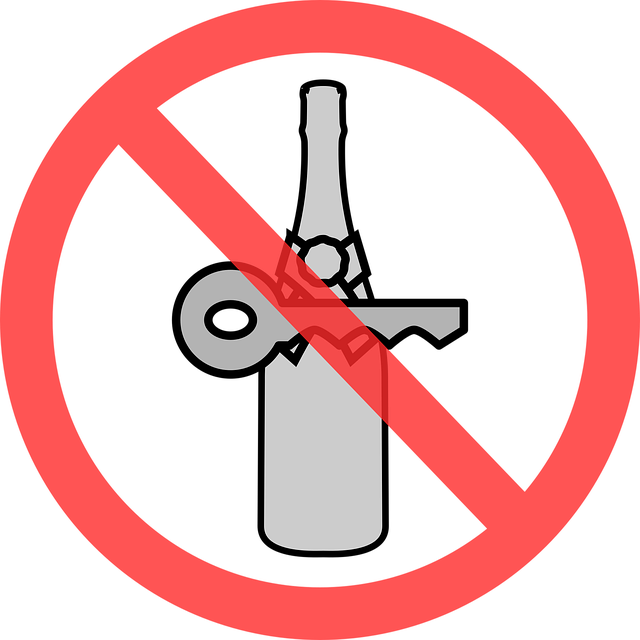Rural and urban areas face unique DUI challenges: rural communities with lower densities require efficient, targeted strategies involving increased patrols and community engagement, while urban metros, burdened by high traffic and dense populations, demand proactive measures like data analytics, real-time monitoring, public awareness campaigns, and stricter penalties. Customized solutions emphasizing technology and community involvement are key to effective Rural Community DUI Prevention.
In today’s diverse landscape, understanding the nuances of DUI laws varies greatly between rural and urban settings. While urban areas have well-established enforcement strategies, rural communities face unique challenges in DUI prevention due to lower populations, reduced police presence, and distinct driving patterns. This article delves into these key differences, offering insights on tailored strategies for rural community DUI prevention that address specific needs, enhancing road safety for all.
- Understanding Rural and Urban DUI Laws: Key Differences
- Strategies for DUI Prevention in Rural Communities Compared to Urban Areas
Understanding Rural and Urban DUI Laws: Key Differences

In the realm of DUI (Drunk Driving) laws, a significant distinction arises between rural and urban areas. Each environment presents unique challenges for enforcement and prevention efforts. Rural communities, often characterized by lower population densities and more widespread housing, face different issues compared to urban metros. For instance, in rural settings, law enforcement may cover larger areas with fewer officers, making it crucial to implement targeted and efficient DUI prevention strategies tailored to the community’s needs.
In contrast, urban areas grapple with dense populations and high vehicle traffic, which can lead to more frequent alcohol-related incidents. This landscape necessitates a different approach, focusing on proactive measures such as increased patrols, public awareness campaigns, and stricter penalties to deter drunk driving. The disparities in these regions’ DUI laws reflect the need for customized solutions, emphasizing community involvement in rural settings and leveraging technology and resources to address urban challenges related to Rural Community DUI Prevention.
Strategies for DUI Prevention in Rural Communities Compared to Urban Areas

In rural communities, DUI prevention strategies often need to adapt to the unique challenges presented by lower population densities and more spread-out areas. One key approach is to enhance law enforcement visibility through increased patrols, as there are fewer officers to cover a larger territory. Community engagement is another vital tool; organizing local events, educational campaigns, and partnerships with businesses can raise awareness about the dangers of drunk driving. Given the reduced hustle and bustle in rural settings, prevention efforts can also focus on targeted interventions, such as educating young people and high-risk individuals about responsible alcohol consumption.
In contrast, urban areas face distinct challenges due to their dense populations and bustling streets. Strategies here often involve more sophisticated techniques like data analytics to predict high-risk areas and times for DUI incidents. Urban communities can leverage technology for real-time monitoring and rapid response, including the use of cameras, sensors, and apps that encourage responsible drinking. Additionally, urban prevention programs may focus on addressing the root causes of drinking and driving by tackling social and economic factors, such as unemployment or lack of transportation alternatives, which contribute to impaired driving.
In understanding the nuances of rural and urban DUI laws, we can better tailor strategies for effective Rural Community DUI Prevention. While both settings face challenges in combating drunk driving, rural areas present unique obstacles such as lower population densities and limited access to resources. Compared to urban areas, prevention efforts in rural communities may require more targeted outreach, increased education, and enhanced enforcement tactics. By recognizing these differences and adapting strategies accordingly, we can work towards reducing DUI-related incidents and enhancing safety for all road users, regardless of their environment.






